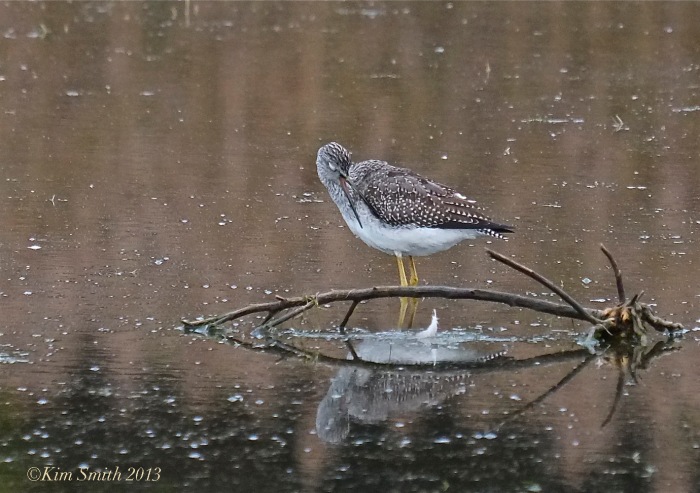What a treat to happen upon this pair of yellow-legged shorebirds feasting on tiny invertebrates in the mudflats at Henry’s Pond.
The Yellowlegs were foraging companionably alongside the Mallards, American Black Ducks, plovers, and Kildeers. I returned the following dawn and they had already departed for parts warmer. Perhaps we’ll see them again during their spring migration as they journey north to breed in the boreal bog forests of Canada and Alaska.
Here on Cape Ann, we are fortunate to catch fleeting glimpses of species such as Greater Yellowlegs during the great annual fall migration. The map below shows the boreal forest biome (biome is another word for ecosystem), which lies to the south of the tundra and the north of deciduous forests and grasslands. The ground in the boreal forest is damp and boggy because of snowmelt and little evaporation due to cooler summer temperatures. The moist ground and long day length at northerly latitudes during the summer makes for explosive plant growth–Think Bird Food!–not only in the wealth of plants, but myriad insects attracted!
I believe the pair to be Greater Yellowlegs. If any of our wonderful expert bird lovers would like to weigh in on this, I would be grateful. Songbirds and shorebirds that I have filmed on Cape Ann are featured in my Monarch film and I am in the process of writing the script. I want to insure that all the bird identifications are 100 percent accurate.
Addendum: Many, many thanks to Kate and Patricia (see comments) for identifying the pair as Greater Yellowlegs (Tringa melanoleuca)!!
Map courtesy google image search.




